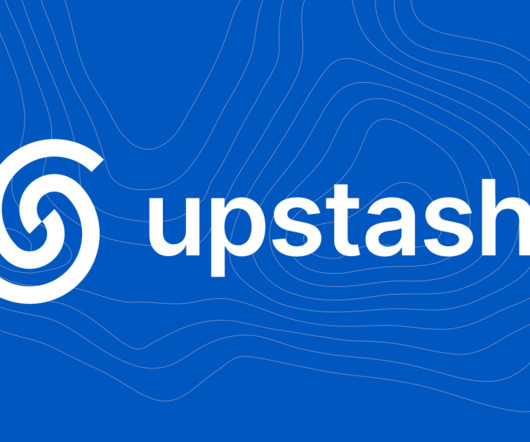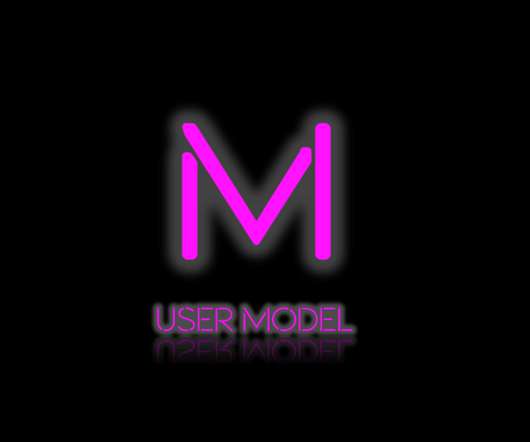Investing in Upstash
Andreessen Horowitz
FEBRUARY 14, 2024
By that, we mean services that scale to zero, are globally distributed, and scale up based on demand. First, application logic is becoming event-driven for new apps, necessitated by high volume and low-latency communication between third-party APIs and microservices.
















Let's personalize your content